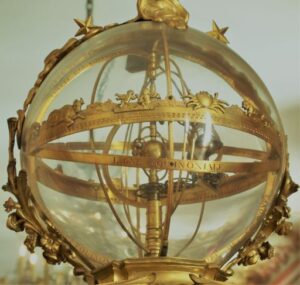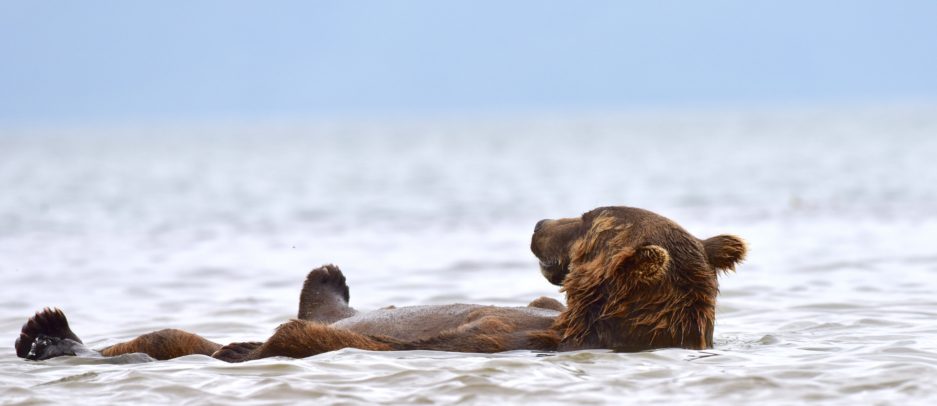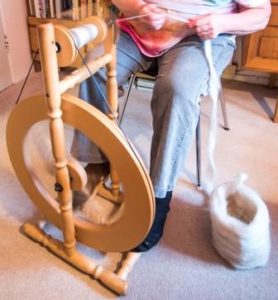“The eye is the first circle;
the horizon which it forms is the second;
and throughout nature
this primary picture is repeated without end.”
 From “Circles”
From “Circles”
Ralph Waldo Emerson (1803-1882)
Reflections on the circle of life are vividly portrays in
“Circles of Motion” by composer Bob Chilcott to a poem by Joy Harjo:
* The poem’s original title is “Eagle poem” and can be found alongside
a recording of Joy Harjo reading it at www.poetryfoundation.org

The circle influenced musical structures too, like in Henry Purcell‘s
most known piece “Rondeau” (1695), in which the music is set in a circular form. The opening main melody is repeated after every other section and concludes the whole cycle. Or does it actually lead us
back to the beginning?…
Another example of this circular form, called “rondo”, is Mozart‘s
famous piece for horn and orchestra. The horn, a rounded coiled tube,
is considered a difficult instrument to play:
 “We’re captive on the carousel of time
“We’re captive on the carousel of time
We can’t return we can only look
Behind from where we came
And go round and round and round
In the circle game”
“The Circle Game”
Lyrics & Music: Joni Mitchell
Spin into our Hands On post and discover how the motion of a spinning wheel inspired Franz Schubert.

